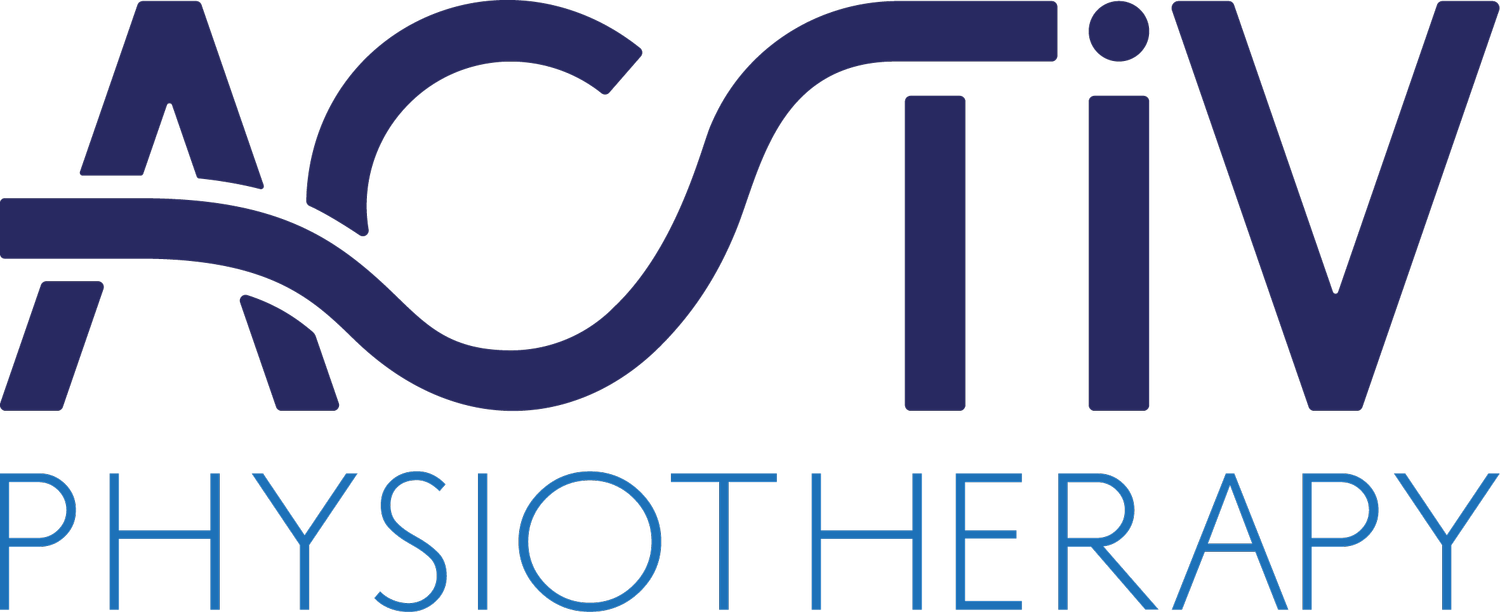When Physiotherapists Are Alerted by 'Red Flags'
When we think of physiotherapists, we often associate them with treating back and neck pain, shoulders, sports injuries, tight muscles and improving mobility. While these are indeed some of the essential roles we play, physiotherapists are also adept at identifying serious underlying health conditions that may go unnoticed or undiagnosed. Our keen eye for movement patterns and our holistic approach to patient care enables us to spot these 'Red Flags' that could indicate potentially severe health issues. In this article, I shall shed light on some common serious conditions that physiotherapists pick up on, potentially saving lives through early detection.
NB A word of warning when you read this article.
All these conditions are rare so please don't worry yourself if you have any symptoms. It's easy to think the worst!
Physiotherapists play a vital role in not only rehabilitating patients but also in detecting potential serious health conditions.
So, what is a 'Red Flag'?
These are signs and symptoms found in a patient's history or objective examination that may suggest a serious pathology. Red flags warrant the need for further investigations and/or referral. So ruling out red flags is a crucial part of the physiotherapy assessment and knowledge of them is extremely important in patient care.
Common conditions initially presenting as a musculoskeletal problem include:
Cancer: Some pains, lumps and bumps can be related to cancer. A comprehensive examination of your symptoms and physical changes is necessary as on the rare occasion the physiotherapist is concerned, we shall encourage an urgent medical assessment.
Infections: Sometimes, the pain and swelling in a joint or tissue can be a sign of infection. A physiotherapist will look for certain history or symptoms and may advise a blood test or medical investigation.
Blood Clots: Some people are at risk of blood clots. This can be due to having cardiac problems, taking certain medications, pregnancy or medical conditions such as high blood pressure. A blood clot in the leg is called a deep vein thrombosis (DVT). A physiotherapist may notice, for example, a DVT in a larger vein running from the muscles of the calf and the thigh. A clot in the lungs is called a pulmonary embolism and may present as shortness of breath due to low oxygen levels. It is reassuring to know your physiotherapist will be aware of your medical history and specific symptoms that could allude to the chance of a blood clot and advise you on the best course of action.
Caudina Equina Syndrome (CES): This is a condition that affects the bundle of nerves at the lower end of the spinal cord that supply your lower limbs and sphincter. Compression of these nerves from disc or arthritic changes, tumours and fractures amongst others can disturb the function of these nerves. This is considered a medical emergency and your physiotherapist is aware of specific symptoms that they will be monitoring in your assessment.
Neurological Conditions: Such neurological problems including a stroke, Multiple Sclerosis (MS) or Parkinson's disease may present to a physiotherapist as they affect mobility. On the rare occasion your physiotherapist suspects your mobility issue is related to these, they will recommend a neurological assessment and the appropriate management.
Conclusion
In conclusion, physiotherapists play a vital role in not only rehabilitating patients but also in detecting potential serious health conditions. Their ability to observe movement patterns, recognise abnormalities, and take a holistic approach to patient care allows them to identify red flags that might otherwise go unnoticed. By collaborating with other healthcare professionals and ensuring timely referrals, physiotherapists contribute to better patient outcomes and, in some cases, save lives through early detection and intervention.
So, a thorough assessment and open communication with your physiotherapist can lead to better overall health and wellbeing.

